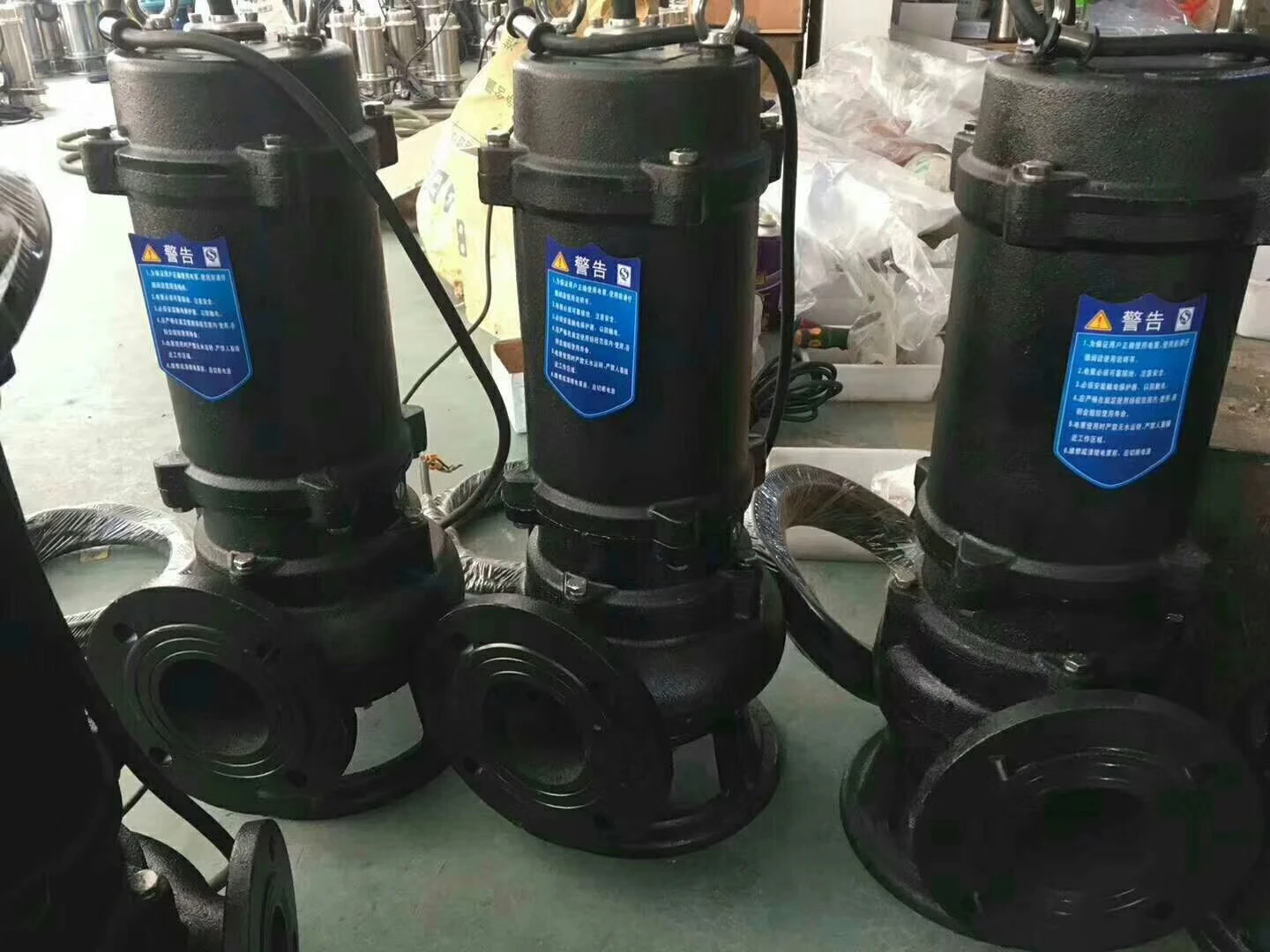Serbian
- Afrikaans
- Albanian
- Amharic
- Arabic
- Armenian
- Azerbaijani
- Basque
- Belarusian
- Bengali
- Bosnian
- Bulgarian
- Catalan
- Cebuano
- Corsican
- Croatian
- Czech
- Danish
- Dutch
- English
- Esperanto
- Estonian
- Finnish
- French
- Frisian
- Galician
- Georgian
- German
- Greek
- Gujarati
- Haitian Creole
- hausa
- hawaiian
- Hebrew
- Hindi
- Miao
- Hungarian
- Icelandic
- igbo
- Indonesian
- irish
- Italian
- Japanese
- Javanese
- Kannada
- kazakh
- Khmer
- Rwandese
- Korean
- Kurdish
- Kyrgyz
- Lao
- Latin
- Latvian
- Lithuanian
- Luxembourgish
- Macedonian
- Malgashi
- Malay
- Malayalam
- Maltese
- Maori
- Marathi
- Mongolian
- Myanmar
- Nepali
- Norwegian
- Norwegian
- Occitan
- Pashto
- Persian
- Polish
- Portuguese
- Punjabi
- Romanian
- Russian
- Samoan
- Scottish Gaelic
- Serbian
- Sesotho
- Shona
- Sindhi
- Sinhala
- Slovak
- Slovenian
- Somali
- Spanish
- Sundanese
- Swahili
- Swedish
- Tagalog
- Tajik
- Tamil
- Tatar
- Telugu
- Thai
- Turkish
- Turkmen
- Ukrainian
- Urdu
- Uighur
- Uzbek
- Vietnamese
- Welsh
- Bantu
- Yiddish
- Yoruba
- Zulu
Telephone: +86 13120555503
Email: frank@cypump.com
дец . 06, 2024 09:06 Back to list
Understanding Sump Pumps for Effective Sewage Management and Drainage Solutions
Understanding Sump Pump Sewage Systems
A sump pump sewage system plays a crucial role in maintaining a dry and sanitary environment in homes and buildings, particularly those situated in areas prone to flooding or groundwater accumulation. Understanding how these systems work, their importance, and maintenance practices can help homeowners make informed decisions about their plumbing needs.
What is a Sump Pump?
A sump pump is a device installed in a basement or crawl space to remove water that has accumulated in a sump basin, which is a pit dug into the ground. The primary function of the pump is to prevent flooding, water damage, and mold growth by ensuring that excess water is actively moved away from the foundation of the building.
There are two main types of sump pumps submersible and pedestal pumps. Submersible pumps are designed to be placed in the sump water, while pedestal pumps sit above the sump and use a long pipe to draw water from the basin. Both types are effective, but their suitability depends on specific circumstances, including the amount of water and space available.
Importance of Sump Pumps in Sewage Systems
Sump pumps are particularly important in sewage systems because they help manage not only surface water but also effluent from household waste. In homes with lower-grade sewage drainage systems, sump pumps can assist in moving sewage away from living areas toward municipal sewage lines or septic tanks. This is critical to prevent sewage backup, which can cause health hazards and structural damage.
sump pump sewage

Moreover, in regions where the water table is high, sump pumps prevent basements and lower levels from becoming inundated by groundwater or sewage. This not only protects the physical structure but also maintains a healthy indoor air quality by preventing mold and mildew growth, which can thrive in damp conditions.
Maintenance of Sump Pumps
To ensure a sump pump operates effectively, regular maintenance is crucial. Homeowners should routinely check the pump and pit for debris, blockages, or signs of wear. Power supply checks are also essential since sump pumps rely on electricity; considering a battery backup system is advisable to ensure continued operation during power outages.
Testing the pump regularly—preferably once a month—by pouring water into the pit to see whether it activates can help identify potential issues early. If a sump pump is making unusual noises or operating inefficiently, it may require professional inspection or replacement.
Conclusion
In summary, sump pump sewage systems are vital for efficient water management in residential and commercial properties. They protect buildings from flooding, help manage sewage effectively, and contribute to healthy living conditions. Understanding the importance of these systems, coupled with regular maintenance, can greatly enhance their reliability and longevity. As a fundamental aspect of plumbing, investing in a quality sump pump system can offer peace of mind, particularly for homeowners in flood-prone areas. Safe and effective waste management is not only a matter of convenience but a necessity for ensuring the well-being of all inhabitants in a property.
-
ISG Series Pipeline Pump - Chi Yuan Pumps | Energy Efficiency&Compact Design
NewsAug.03,2025
-
ISG Series Vertical Pipeline Pump - Chi Yuan Pumps Co., LTD.|High Efficiency, Low Noise, Durable
NewsAug.02,2025
-
ISG Series Vertical Pipeline Pump - Chi Yuan Pumps | High Efficiency, Low Noise
NewsAug.02,2025
-
ISG Series Vertical Pipeline Pump- Chi Yuan Pumps Co., LTD.|High Efficiency&Compact Design
NewsAug.02,2025
-
Heavy-Duty Mining Sludge Pumps - Wear-Resistant Slurry Handling
NewsAug.02,2025
-
Horizontal Split Case Pump with GPT-4 Turbo | High Efficiency
NewsAug.01,2025










